Chemical Reagents
Chemicals reagents are commonly referred to as reagent. It is a large class of pure chemical substances with various standard purities and can be used for education, scientific research, analysis and testing as well as the functional materials and raw materials required by some kinds of novel industrial materials. There is a large variety of chemical reagents and the number has reached hundreds of thousands in the world. There are also tens of thousands of reagents that have been used in daily life in china.
There is still no uniform international rules in the classification methods for chemicals. It is customary divided by subject and actual application. Take the representative catalog issued by the Germany E • Merck Company as example, there are twelve categories and seventy categories while in most countries, it is divided with the scope of application. We divide the reagents into four categories.
1. General reagents: generally refers to inorganic reagents and organic reagents that can meet standard purity. It is often applied to scientific research, analysis and testing, and synthetic reaction and used as new materials.
2. Analysis Reagents: regent dedicated to analysis and test and can be divided into two subcategories:
(1) Reagents for chemical analysis: testing items for the chemical reaction analysis.
1) Baseline Reagent: pure compound directly used for the standard solution in the formulation and volumetric analysis.
2) Indicator: it can be used to indicate the end of the titration reagent and can be classified into pH indicator, redox indicator adsorption indicator, metal indicator, a fluorescent indicator, and so on.
(2) Regents for instrument analysis: high-purity compounds dedicated to instrumental analysis.
1) Spectroscopically pure reagents: spectroscopically pure compound, often expressed in the SP for spectral analysis reagents.
2) Chromatography pure reagents: reagents dedicated to analysis of gas chromatography and liquid chromatography analysis.
3) Deuterated reagents: reagent decided to the analysis of the nuclear resonance instrument.
3. Reagents of electronics industry: special chemical products dedicated to electronics industry.
1) MOS Reagents: the particle concentration is consistent with ASTM "O" level, being microelectronics dedicated reagent.
2) high-purity reagents: also known as ultra high purity reagents such as purity of 99.99%, called 4N, 99.999% referred to 5N. They are generally used for scientific research and physical and chemical trace analysis, fiber-optic communications, microelectronics, semiconductors, lasers and so on.
3) In addition, there are also optically pure reagents, photoresist and other kinds of fine chemical products of special properties.
4. Biochemical reagents: they are basic chemical substances extracted from living organisms or chemically synthesized and is a large type of reagent as important reagents for biological component research and analysis and identification including clinical immunology reagents, genetic engineering reagent, cell culture reagents, hormone-type substances, reagent for poison carcinogenic research and reagent for anti-mold and insecticide research. In short, they are reagents for scientific research such as exploring the mysteries of life and disease prevention as well as testing agents, being pure compound related to medicine and pharmacology.
- Structure:
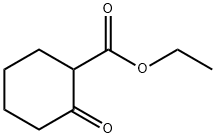
- Chemical Name:Ethyl 2-oxocyclohexanecarboxylate
- CAS:1655-07-8
- MF:C9H14O3
- Structure:
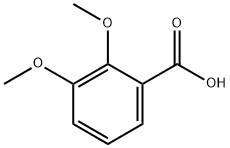
- Chemical Name:2,3-Dimethoxybenzoic acid
- CAS:1521-38-6
- MF:C9H10O4
- Structure:
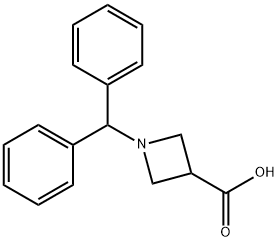
- Chemical Name:1-Benzhydrylazetidine-3-carboxylic acid
- CAS:36476-87-6
- MF:C17H17NO2
- Structure:
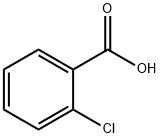
- Chemical Name:2-Chlorobenzoic acid
- CAS:118-91-2
- MF:C7H5ClO2
- Structure:
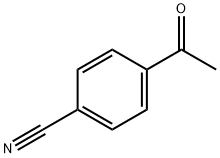
- Chemical Name:4-Acetylbenzonitrile
- CAS:1443-80-7
- MF:C9H7NO
- Structure:
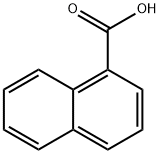
- Chemical Name:1-Naphthoic acid
- CAS:86-55-5
- MF:C11H8O2
- Structure:

- Chemical Name:Hydroxytyrosol
- CAS:10597-60-1
- MF:C8H10O3
- Structure:
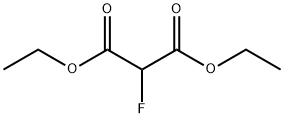
- Chemical Name:Diethyl fluoromalonate
- CAS:685-88-1
- MF:C7H11FO4
- Structure:
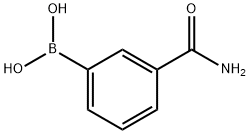
- Chemical Name:3-Aminocarbonylphenylboronic acid
- CAS:351422-73-6
- MF:C7H8BNO3
- Structure:
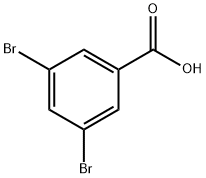
- Chemical Name:3,5-Dibromobenzoic acid
- CAS:618-58-6
- MF:C7H4Br2O2
- Structure:
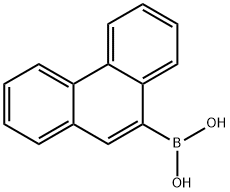
- Chemical Name:9-phenanthrenylboronic acid
- CAS:68572-87-2
- MF:C14H11BO2
- Structure:
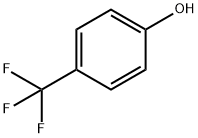
- Chemical Name:4-Trifluoromethylphenol
- CAS:402-45-9
- MF:C7H5F3O
- Structure:
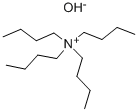
- Chemical Name:Tetrabutylammonium hydroxide
- CAS:2052-49-5
- MF:C16H37NO
- Structure:

- Chemical Name:2,2'-Dichlorodiethyl ether
- CAS:111-44-4
- MF:C4H8Cl2O
- Structure:
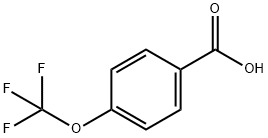
- Chemical Name:4-(Trifluoromethoxy)benzoic acid
- CAS:330-12-1
- MF:C8H5F3O3
- Structure:
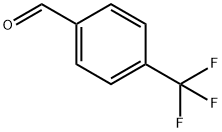
- Chemical Name:4-(Trifluoromethyl)benzaldehyde
- CAS:455-19-6
- MF:C8H5F3O
- Structure:
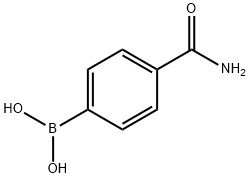
- Chemical Name:4-Carbamoylphenylboronic acid
- CAS:123088-59-5
- MF:C7H8BNO3
- Structure:
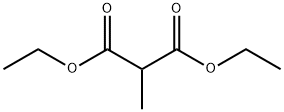
- Chemical Name:Diethyl methylmalonate
- CAS:609-08-5
- MF:C8H14O4
- Structure:
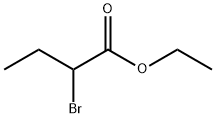
- Chemical Name:DL-Ethyl 2-bromobutyrate
- CAS:533-68-6
- MF:C6H11BrO2
- Structure:

- Chemical Name:4-(Trifluoromethylthio)phenol
- CAS:461-84-7
- MF:C7H5F3OS
- Structure:
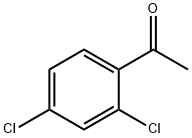
- Chemical Name:2',4'-Dichloroacetophenone
- CAS:2234-16-4
- MF:C8H6Cl2O
- Structure:
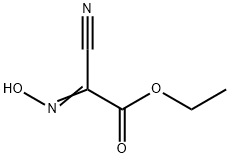
- Chemical Name:Ethyl cyanoglyoxylate-2-oxime
- CAS:3849-21-6
- MF:C5H6N2O3
- Structure:
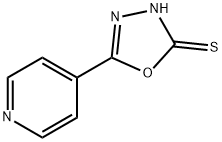
- Chemical Name:5-(4-PYRIDYL)-1,3,4-OXADIAZOLE-2-THIOL
- CAS:15264-63-8
- MF:C7H5N3OS
- Structure:
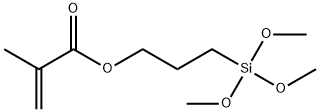
- Chemical Name:3-Methacryloxypropyltrimethoxysilane
- CAS:2530-85-0
- MF:C10H20O5Si
- Structure:

- Chemical Name:4-Iodophenetole
- CAS:699-08-1
- MF:C8H9IO
- Structure:
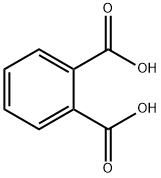
- Chemical Name:Phthalic acid
- CAS:88-99-3
- MF:C8H6O4
- Structure:

- Chemical Name:3,4-Dichlorophenylacetonitrile
- CAS:3218-49-3
- MF:C8H5Cl2N
- Structure:
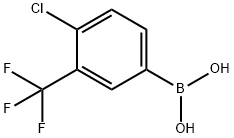
- Chemical Name:4-Chloro-3-(trifluoromethyl)phenylboronic acid
- CAS:176976-42-4
- MF:C7H5BClF3O2
- Structure:
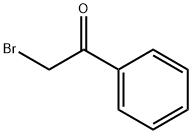
- Chemical Name:2-Bromoacetophenone
- CAS:70-11-1
- MF:C8H7BrO
- Structure:

- Chemical Name:Butyryl chloride
- CAS:141-75-3
- MF:C4H7ClO
- Structure:
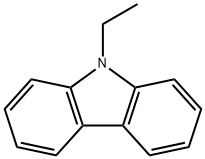
- Chemical Name:N-Ethylcarbazole
- CAS:86-28-2
- MF:C14H13N
- Structure:

- Chemical Name:Methyl 3-oxovalerate
- CAS:30414-53-0
- MF:C6H10O3
- Structure:
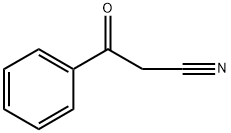
- Chemical Name:Benzoylacetonitrile
- CAS:614-16-4
- MF:C9H7NO
- Structure:
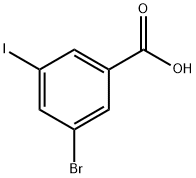
- Chemical Name:3-BROMO-5-IODOBENZOIC ACID
- CAS:188815-32-9
- MF:C7H4BrIO2
- Structure:
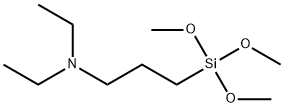
- Chemical Name:(N,N-Diethyl-3-aminopropyl)trimethoxysilane
- CAS:41051-80-3
- MF:C10H25NO3Si
- Structure:
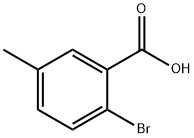
- Chemical Name:2-BROMO-5-METHYLBENZOIC ACID
- CAS:6967-82-4
- MF:C8H7BrO2
- Structure:

- Chemical Name:2,5-Dimethoxybenzaldehyde
- CAS:93-02-7
- MF:C9H10O3
- Structure:
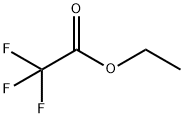
- Chemical Name:Ethyl trifluoroacetate
- CAS:383-63-1
- MF:C4H5F3O2
- Structure:
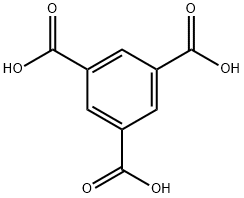
- Chemical Name:Trimesic acid
- CAS:554-95-0
- MF:C9H6O6
- Structure:
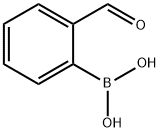
- Chemical Name:2-Formylbenzeneboronic acid
- CAS:40138-16-7
- MF:C7H7BO3
- Structure:
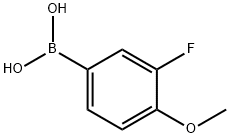
- Chemical Name:3-Fluoro-4-methoxybenzeneboronic acid
- CAS:149507-26-6
- MF:C7H8BFO3
- Structure:
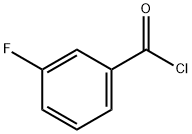
- Chemical Name:3-Fluorobenzoyl chloride
- CAS:1711-07-5
- MF:C7H4ClFO
- Structure:

- Chemical Name:Maleimide
- CAS:541-59-3
- MF:C4H3NO2
- Structure:
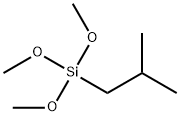
- Chemical Name:Isobutyltrimethoxysilane
- CAS:18395-30-7
- MF:C7H18O3Si
- Structure:

- Chemical Name:2-Aminoacetophenone hydrochloride
- CAS:5468-37-1
- MF:C8H10ClNO
- Structure:
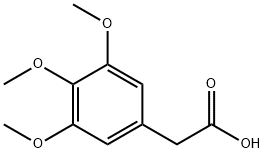
- Chemical Name:3,4,5-Trimethoxyphenylacetic acid
- CAS:951-82-6
- MF:C11H14O5
- Structure:

- Chemical Name:ETHYLTHIOUREA
- CAS:625-53-6
- MF:C3H8N2S
- Structure:
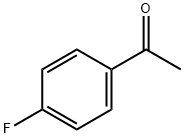
- Chemical Name:4-Fluoroacetophenone
- CAS:403-42-9
- MF:C8H7FO
- Structure:
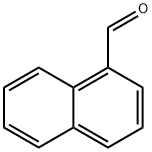
- Chemical Name:1-Naphthaldehyde
- CAS:66-77-3
- MF:C11H8O
- Structure:
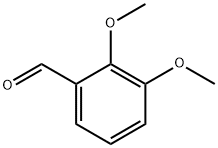
- Chemical Name:2,3-Dimethoxybenzaldehyde
- CAS:86-51-1
- MF:C9H10O3
- Structure:
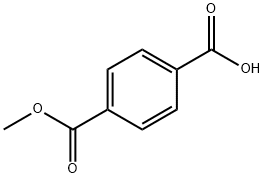
- Chemical Name:mono-Methyl terephthalate
- CAS:1679-64-7
- MF:C9H8O4
- Structure:
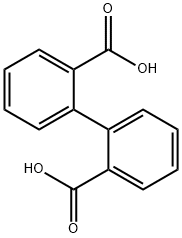
- Chemical Name:Diphenic acid
- CAS:482-05-3
- MF:C14H10O4
- Structure:

- Chemical Name:n-Butylboronic acid
- CAS:4426-47-5
- MF:C4H11BO2
- Structure:
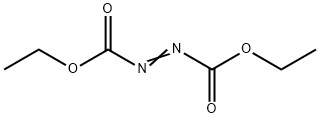
- Chemical Name:Diethyl azodicarboxylate
- CAS:1972-28-7
- MF:C6H10N2O4
- Structure:
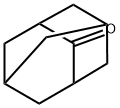
- Chemical Name:2-Adamantanone
- CAS:700-58-3
- MF:C10H14O
- Structure:
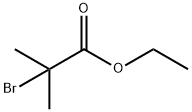
- Chemical Name:Ethyl 2-bromoisobutyrate
- CAS:600-00-0
- MF:C6H11BrO2
- Structure:
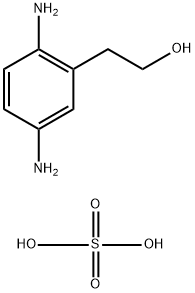
- Chemical Name:2-(2-Hydroxy)ethyl-p-phenylene diamino sulfate
- CAS:93841-25-9
- MF:C8H14N2O5S
- Structure:
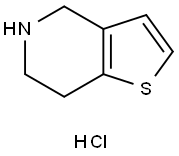
- Chemical Name:4,5,6,7-Tetrahydrothieno[3,2,c] pyridine hydrochloride
- CAS:28783-41-7
- MF:C7H9NS
- Structure:

- Chemical Name:2,4-Dimethylphenol
- CAS:105-67-9
- MF:C8H10O
- Structure:
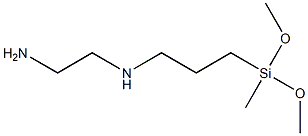
- Chemical Name:3-(2-Aminoethylamino)propyl-dimethoxymethylsilane
- CAS:3069-29-2
- MF:C8H22N2O2Si
- Structure:
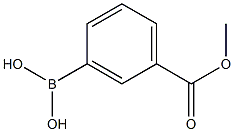
- Chemical Name:3-Methoxycarbonylphenylboronic acid
- CAS:99769-19-4
- MF:C8H9BO4
- Structure:

- Chemical Name:3-Hydroxybenzaldehyde
- CAS:100-83-4
- MF:C7H6O2
- Structure:

- Chemical Name:4-Methylbenzyl cyanide
- CAS:2947-61-7
- MF:C9H9N
- Structure:
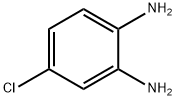
- Chemical Name:4-Chloro-o-phenylenediamine
- CAS:95-83-0
- MF:C6H7ClN2
- Structure:

- Chemical Name:2-Methylphenylacetic acid
- CAS:644-36-0
- MF:C9H10O2
- Structure:

- Chemical Name:Trimethoxysilylpropanethiol
- CAS:4420-74-0
- MF:C6H16O3SSi
- Structure:
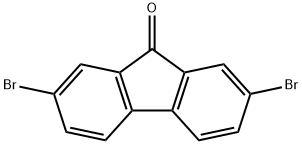
- Chemical Name:2,7-Dibromo-9H-fluoren-9-one
- CAS:14348-75-5
- MF:C13H6Br2O
- Structure:
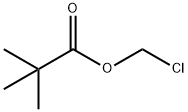
- Chemical Name:Chloromethyl pivalate
- CAS:18997-19-8
- MF:C6H11ClO2
- Structure:

- Chemical Name:Boron trifluoride diethyl etherate
- CAS:109-63-7
- MF:C4H10BF3O
- Structure:

- Chemical Name:Methanesulfonyl chloride
- CAS:124-63-0
- MF:CH3ClO2S
- Structure:

- Chemical Name:Tetramethyl orthosilicate
- CAS:681-84-5
- MF:C4H12O4Si
- Structure:
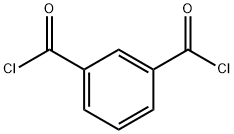
- Chemical Name:Isophthaloyl dichloride
- CAS:99-63-8
- MF:C8H4Cl2O2
- Structure:
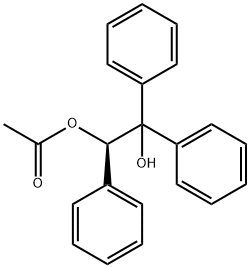
- Chemical Name:(R)-(+)-2-HYDROXY-1,2,2-TRIPHENYLETHYL ACETATE
- CAS:95061-47-5
- MF:C22H20O3
- Structure:
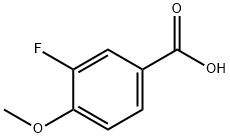
- Chemical Name:3-Fluoro-4-methoxybenzoic acid
- CAS:403-20-3
- MF:C8H7FO3
- Structure:
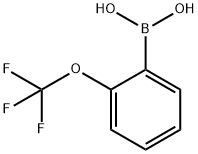
- Chemical Name:2-(Trifluormethoxy)phenylboronic acid
- CAS:175676-65-0
- MF:C7H6BF3O3
- Structure:

- Chemical Name:Cyclohexanemethanol
- CAS:100-49-2
- MF:C7H14O
- Structure:
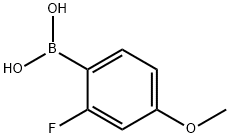
- Chemical Name:2-Fluoro-4-methoxyphenylboronic acid
- CAS:162101-31-7
- MF:C7H8BFO3
- Structure:

- Chemical Name:3-Methoxyphenol
- CAS:150-19-6
- MF:C7H8O2
- Structure:

- Chemical Name:1-Butyl-3-methylimidazolium hexafluorophosphate
- CAS:174501-64-5
- MF:C8H15F6N2P
- Structure:
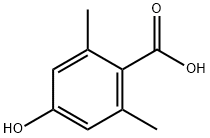
- Chemical Name:4-Hydroxy-2,6-dimethylbenzoic acid
- CAS:75056-97-2
- MF:C9H10O3
- Structure:
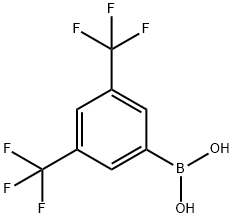
- Chemical Name:3,5-Bis(trifluoromethyl)benzeneboronic acid
- CAS:73852-19-4
- MF:C8H5BF6O2
- Structure:

- Chemical Name:Bis[4-(4-aminophenoxy)phenyl]sulfone
- CAS:13080-89-2
- MF:C24H20N2O4S
- Structure:

- Chemical Name:3-Aminopropyl-methyl-diethoxysilane
- CAS:3179-76-8
- MF:C8H21NO2Si
- Structure:
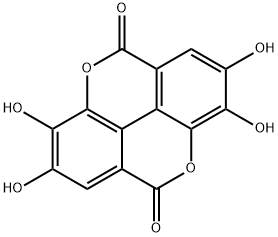
- Chemical Name:Ellagic acid
- CAS:476-66-4
- MF:C14H6O8
- Structure:
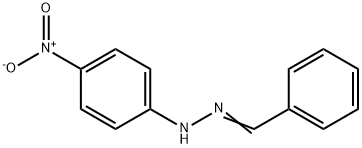
- Chemical Name:BENZALDEHYDE 4-NITROPHENYLHYDRAZONE
- CAS:3078-09-9
- MF:C13H11N3O2
- Structure:
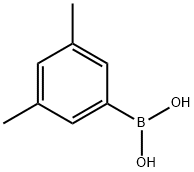
- Chemical Name:3,5-Dimethylphenylboronic acid
- CAS:172975-69-8
- MF:C8H11BO2
- Structure:

- Chemical Name:6-Bromohexanoic acid
- CAS:4224-70-8
- MF:C6H11BrO2
- Structure:
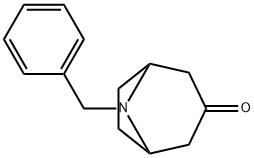
- Chemical Name:N-Benzyltropinone
- CAS:28957-72-4
- MF:C14H17NO
- Structure:
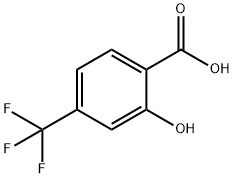
- Chemical Name:4-Trifluoromethylsalicylic acid
- CAS:328-90-5
- MF:C8H5F3O3
- Structure:

- Chemical Name:2-Ethylhexyl bromide
- CAS:18908-66-2
- MF:C8H17Br
- Structure:
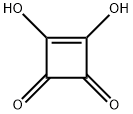
- Chemical Name:Squaric acid
- CAS:2892-51-5
- MF:C4H2O4
- Structure:
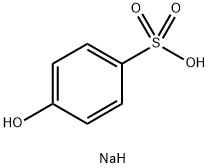
- Chemical Name:Sodium 4-hydroxybenzenesulfonate
- CAS:825-90-1
- MF:C6H7NaO4S
- Structure:
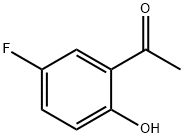
- Chemical Name:1-(5-Fluoro-2-hydroxyphenyl)-1-ethanone
- CAS:394-32-1
- MF:C8H7FO2
- Structure:
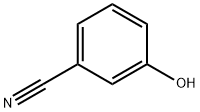
- Chemical Name:3-Cyanophenol
- CAS:873-62-1
- MF:C7H5NO
- Structure:

- Chemical Name:3,3-Dimethylacrylic acid
- CAS:541-47-9
- MF:C5H8O2
- Structure:
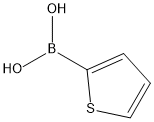
- Chemical Name:2-Thiopheneboronic acid
- CAS:6165-68-0
- MF:C4H5BO2S
- Structure:
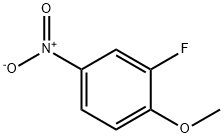
- Chemical Name:2-Fluoro-4-nitroanisole
- CAS:455-93-6
- MF:C7H6FNO3
- Structure:
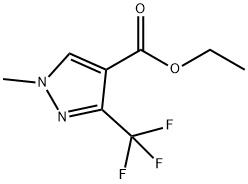
- Chemical Name:ETHYL 1-METHYL-3-(TRIFLUOROMETHYL)-1H-PYRAZOLE-4-CARBOXYLATE
- CAS:111493-74-4
- MF:C8H9F3N2O2
- Structure:

- Chemical Name:2-Hydroxy-5-methoxybenzaldehyde
- CAS:672-13-9
- MF:C8H8O3
- Structure:
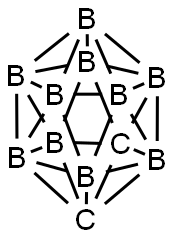
- Chemical Name:o-Carborane
- CAS:16872-09-6
- MF:C2B10